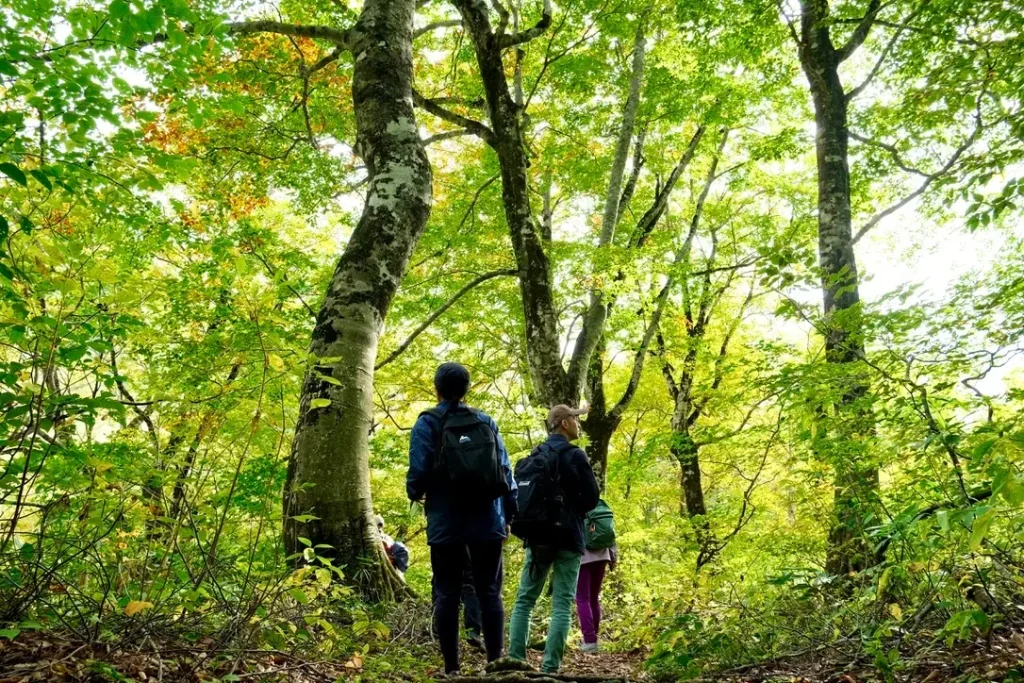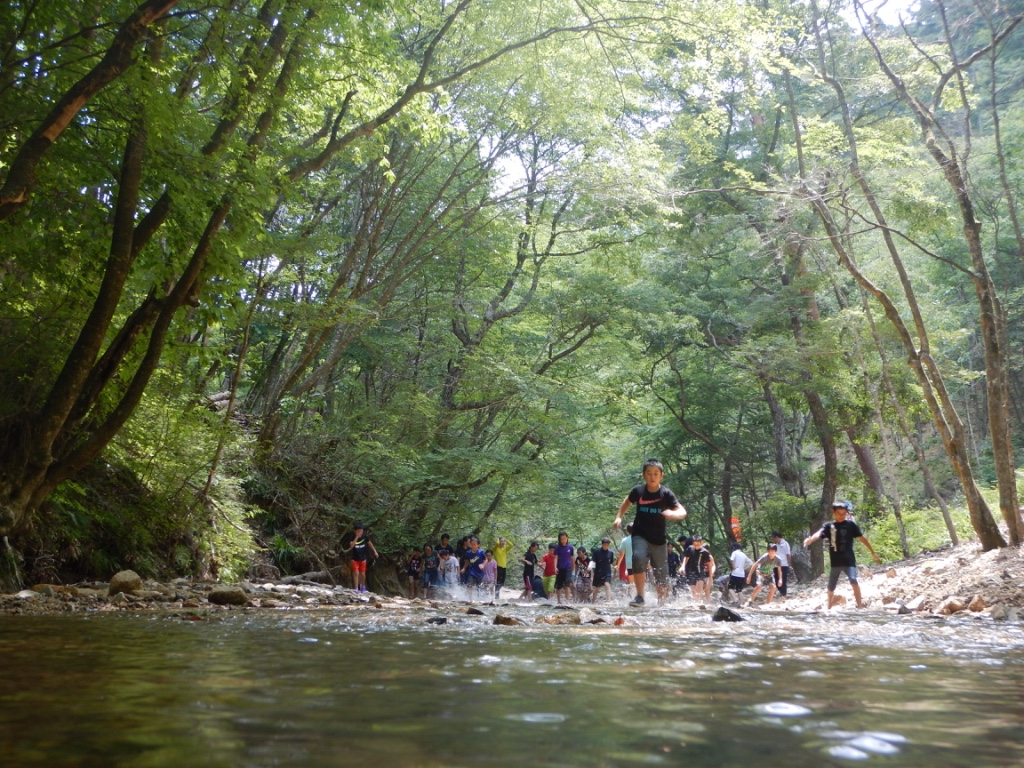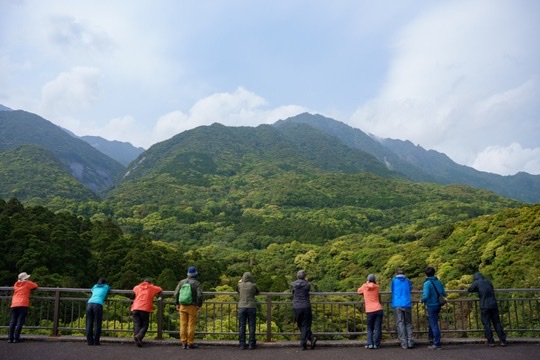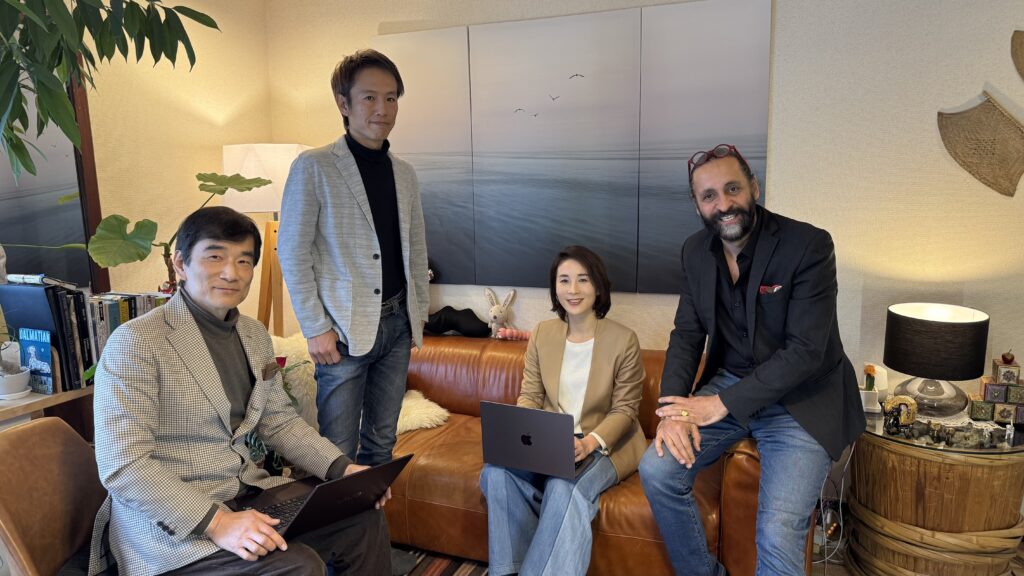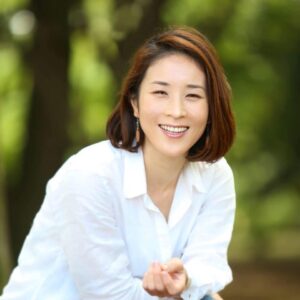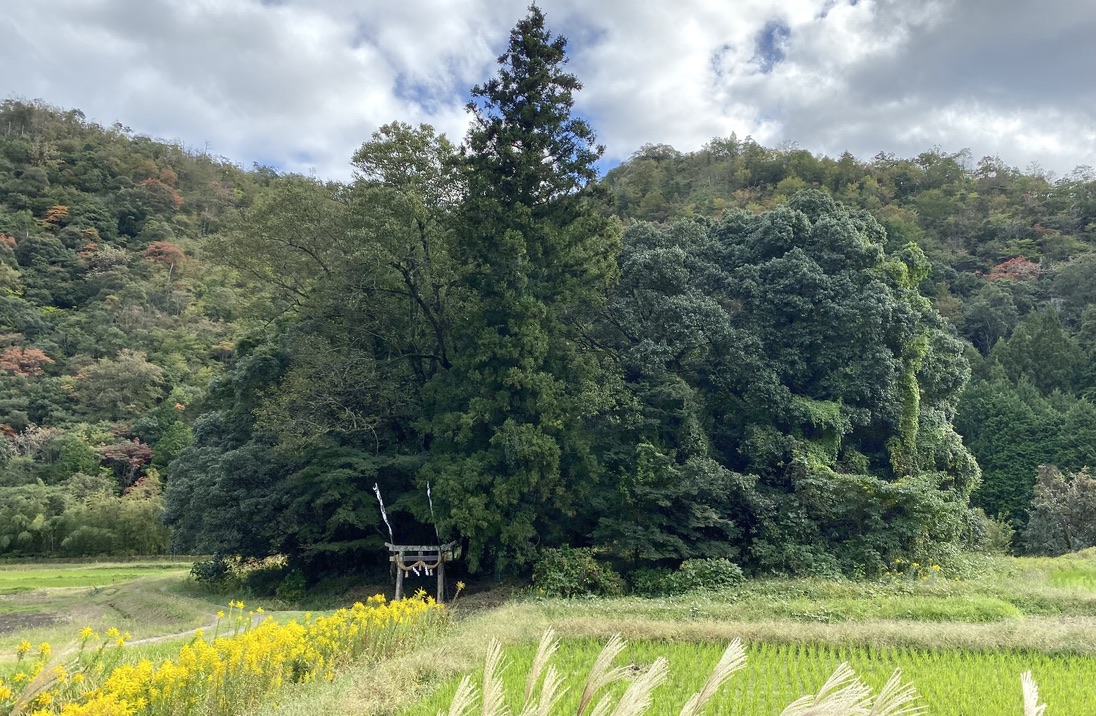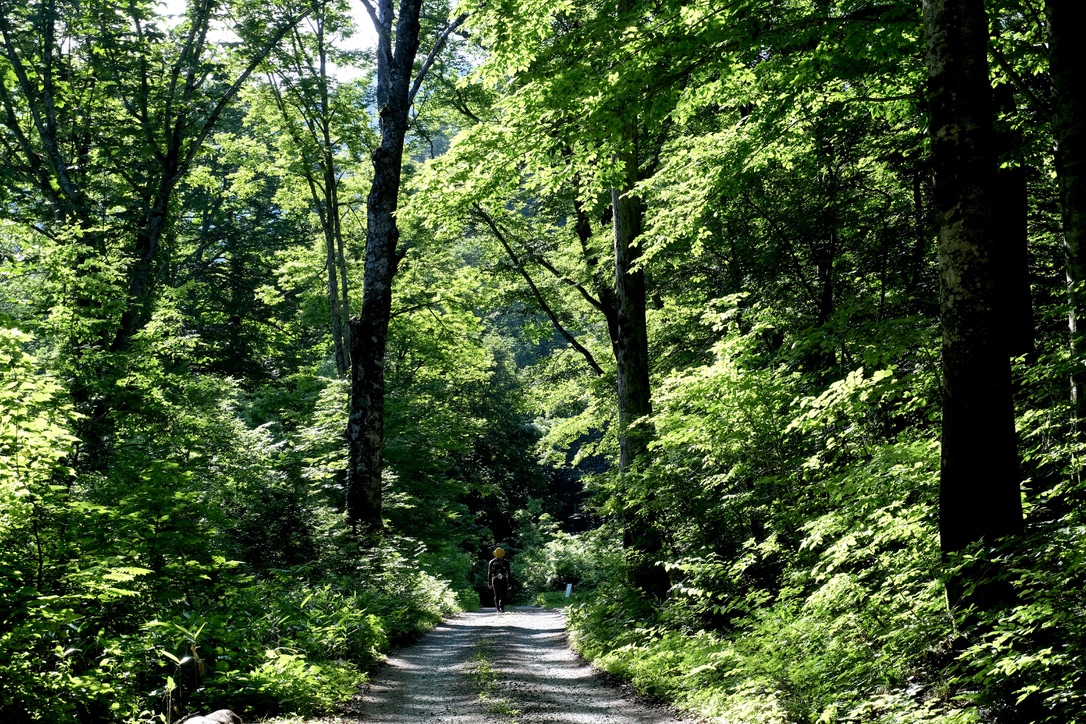About us
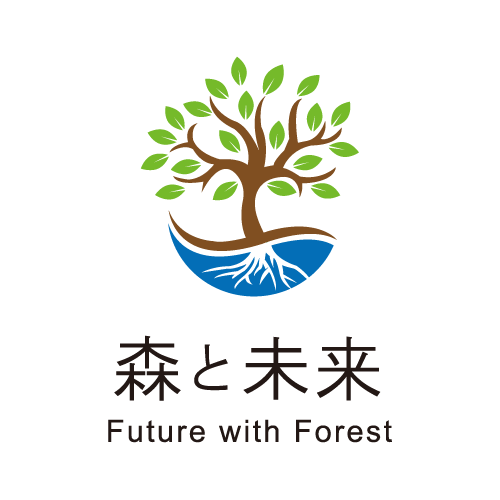
Future with Forest Association
(JAPAN)
Our mission is to create a sustainable society where people and nature coexist in harmony.
To achieve this, we are committed to contributing to the well-being of both humankind and forests through Shinrin-yoku.
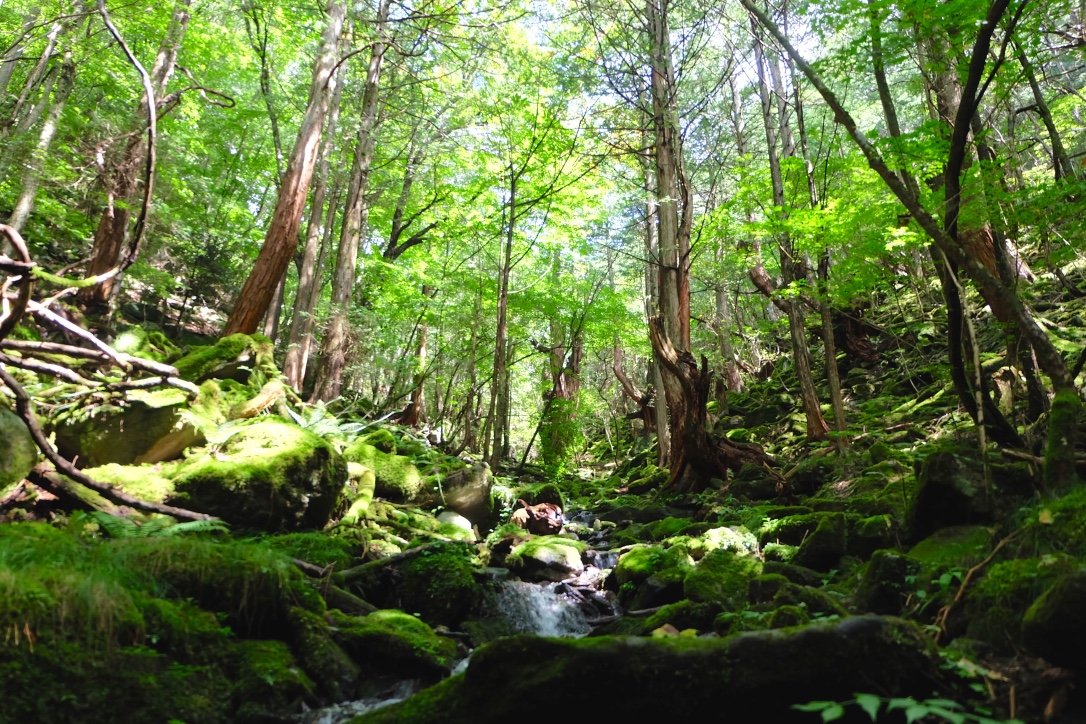
Three Significances of Introducing Shinrin-yoku
We believe that Shinrin-yoku opens the path toward a future in which humans and nature can live in harmony.
We introduce Shinrin-yoku for the following three key reasons:
1. Well-being – Regaining Balance with Nature
Shinrin-yoku reminds us that we, human beings, are also part of nature. The serenity of the forest, the scent of trees, the play of sunlight filtering through leaves (komorebi), and the chirping of birds—these sensory experiences awaken our innate sensibility that is in harmony with nature. Thus,shinrin-yoku helps restore balance between mind and body.Through Shinrin-yoku, we nurture people's well-being—the state of health and wholeness of body, mind, and spirit—by restoring a natural balance within ourselves.
2. Sustainability – Realizing Interconnectedness and Living Together
Through Shinrin-yoku, we can experience the deep connections within nature—between forests, rivers, farmlands, and the sea.It also invites us to reflect on the relationship between people and nature across generations—past, present, and future.Furthermore, it nurtures a greater awareness of our connections with others, local communities, and diverse cultures, fostering a sense of a society where we live together in harmony.
3.Conservation – Protecting Forests and Connecting Them to the Future
Shinrin-yoku not only supports our mental and physical health but also contributes to the conservation of local forests.Forests in Japan have long been maintained by the hands of local people.Through Shinrin-yoku, people are encouraged to care for the forest, helping to maintain its vitality and contributing to the local economy.Such activities cultivate a sense of responsibility for future generations and inspire awareness of the importance of passing forests on to the future.
Our Activities
- Shinrin-yoku Facilitator Training Course
We train Shinrin-yoku (forest bathing) facilitators to help connect urban and rural communities, and to bridge the gap between people and forests. - Corporate Training Programs Utilizing Shinrin-yoku
We offer corporate training and educational programs that incorporate Shinrin-yoku and human resource development, aiming to cultivate sensibility, well-being, and leadership through experiences in nature. - Regional Revitalization through Forest-Based Initiatives
In collaboration with local communities, we support the development of programs and human resources that make use of regional forest resources—contributing to both the local economy and forest conservation. - Shinrin-yoku Experiences
We provide opportunities for people to experience Shinrin-yoku, promoting well-being and offering a chance to encounter the Japanese view of nature firsthand.
Organization Overview
Name:
Future with Forest, General Incorporated Association
Established:
October 15, 2015
Location:
Tokyo, Japan
※Please note: We operate remotely and do not maintain a fixed office.
Executive Board
・Founder & President: Nagisa Ono
・Board Director: Koji Nakashima , Manjot Bedi
・Auditor: Takashi Watanabe
Founder Nagisa Ono Profile
Nagisa Ono has been a leading figure in the practice and promotion of Shinrin-yoku (forest bathing) in Japan.
As the founder and president of Future with Forest, a General Incorporated Association (Japan),Nagisa has been working for over 20 years to enhance people’s well-being through deeper connections with nature. She views Shinrin-Yoku as “a doorway to rediscover that humans are part of nature,” and her work is guided by this philosophy.
Nagisa studied forest science at Tokyo University of Agriculture and is also a certified industrial counselor.
Since then, she has been deeply involved in training forest therapy guides throughout Japan and developing programs rooted in the unique natural and cultural characteristics of each region. She has led over 3,000 participants into the forest and has conducted more than 20 corporate training sessions. Her experiential, hands-on programs are highly regarded across diverse fields, including business, education, and healthcare.
Deeply valuing the spiritual connection between the Japanese people and forests—especially as seen in the worldview of Shinto—Nagisa is also committed to sharing the cultural significance of Shinrin-yoku with both domestic and international audiences.
In addition, she contributes to policy development as a member of an expert committee for Japan’s Forestry Agency. Through both practice and policy, she is dedicated to building a future where people and forests can thrive in harmony.
Discover values of Shinrin-Yoku in Japan
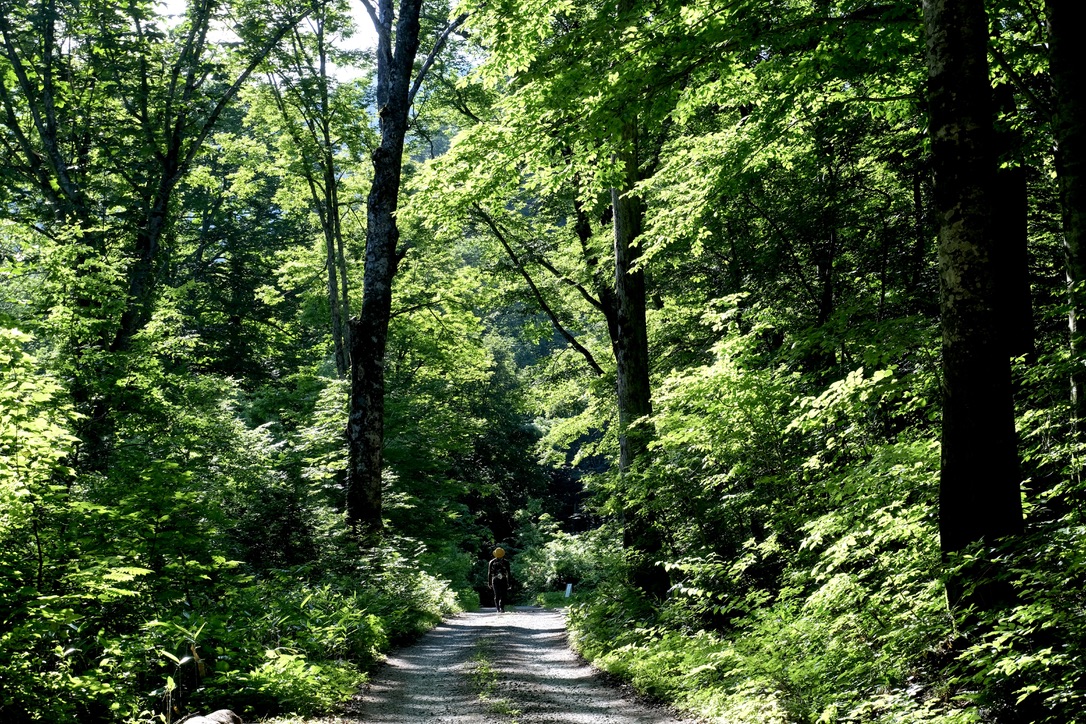
The term Shinrin-yoku (Forest Bathing) is spreading across the world.
Shinrin-yoku, or “forest bathing,” was first introduced in 1982 by Japan’s Forestry Agency. It refers to the practice of entering a forest and inhaling the volatile substances (phytoncides) released by trees, which has been scientifically proven to benefit human health. Based on this understanding, the Japanese government encouraged its citizens to engage in forest bathing in designated national recreational forests to improve their well-being.
When we immerse ourselves in the forest—surrounded by life and engaging our senses—we come to realize that we, too, are a part of nature. Forest bathing helps heal our tired bodies and reconnects us with the relationship between humans and the natural world.
Japanese perception of nature
~Forest and Japanese people~
The Japanese people have long embraced the idea of “living in harmony with nature.” This philosophy is deeply reflected in their daily lives, culture, and spiritual beliefs—particularly in a tradition known as Shinto. Rather than a formal religion, Shinto is more akin to a cultural and spiritual worldview. It is a belief system that arose naturally from daily life in Japan and has no founder or sacred texts.
In Shinto, it is believed that countless deities, known as Yaoyorozu no Kami—literally “eight million gods,” meaning an uncountable number—reside in nature, ancestors, and the land. Mountains, rivers, oceans, trees, fire, and other elements of nature are considered sacred, and connecting with these deities in everyday life has long been valued. Nature, in the Japanese view, brings both devastating disasters and abundant blessings. The deep emotional response we feel toward such powerful, awe-inspiring forces beyond human control is referred to as ikei no nen, or “a sense of reverence.”
This perspective on nature is rooted deeply in the Japanese spirit. The concept of Shinrin-yoku (Forest Bathing) in Japan arises from this cultural and spiritual background.
The ways Japanese people have lived with forests vary by region, reflecting diverse relationships with nature. For instance, forests are seen as sacred places where gods and ancestral spirits dwell. When trees are cut in the forest, rituals of gratitude to the deities are performed. In local communities, sacred groves called chinju no mori—forests surrounding Shinto shrines—are still places where festivals are held and where people reaffirm their connection to nature and their ancestors.
Understanding this cultural and spiritual context reveals that Shinrin-yoku in Japan is not merely a practice for healing or relaxation. It is a profound, spiritually rooted experience that reflects the deep bond between humans and the natural world.
The Story of Japan’s Forests
Today, 70% of the land is covered by forest in Japan.However, mountains in Japan during the Edo and Meiji period were bare mountains because of industrial expansion, population growth and increasing demand for timber.
Our ancestors planted a lot of trees on these barren lands for the descendants. It was an era when people needed woods to build houses, to cook, and to take a bath. Since then, fuel revolution took place and other materials replaced timber so the price of these growing trees became very cheap and caused the forest industry to decline. As a result, those planted trees are growing but left unattended, which means there are a lot of degraded forests.
Today, we are fortunate to live in this beautiful country surrounded by greenery because our ancestors planted trees in bare lands. We envision how we can venture with forests, how we can rediscover their value, and how we can preserve them to be treasured by the future generations.

Enjoy Shinrin-yoku in Japan!
We hope you enjoy our program "The Way of Shinrin-yoku"

